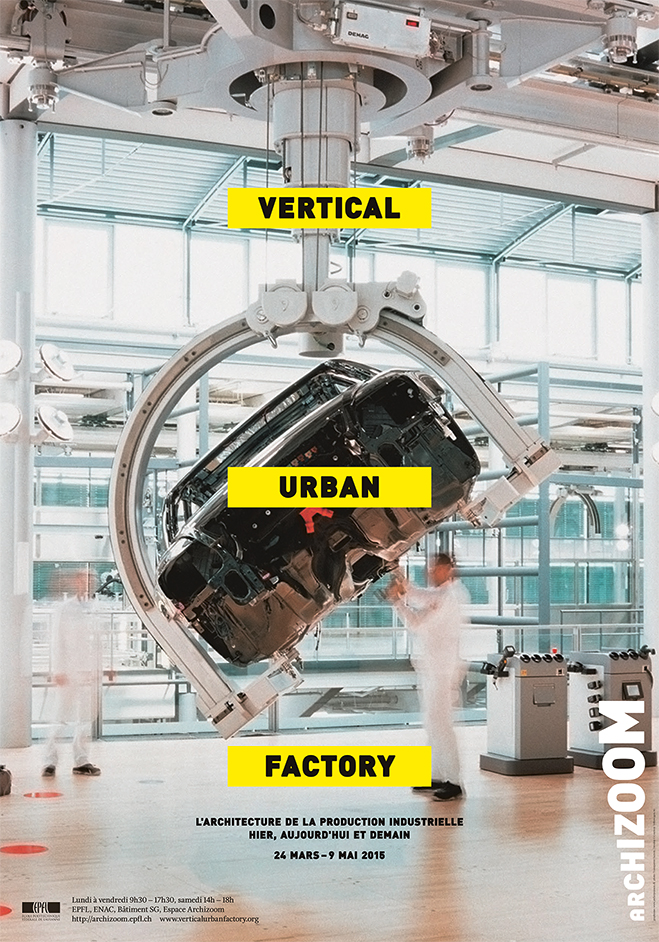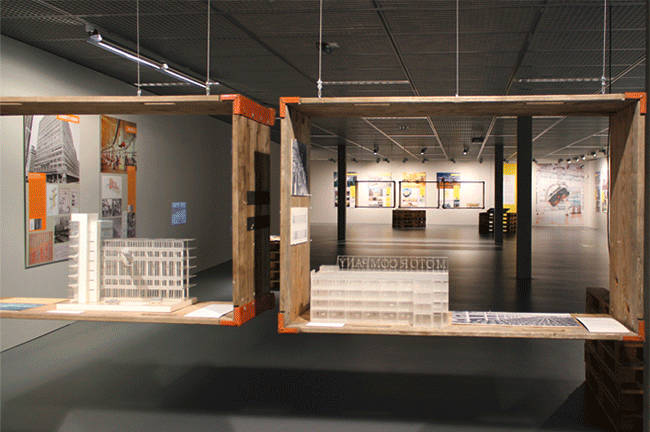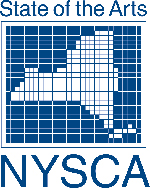
March 24 – May 9, 2015
LECTURE :
March 23, 2015
Inaugural lecture
Nina Rappaport
architecture critic, New York
Introduction:
Antoine Vialle, architect, LAMU
Vertical Urban Factory
The architecture of industrial production yersterday, today and tomorrow.
Curated by New York-based architectural historian and critic Nina Rappaport, the exhibition features the innovative architectural design, structural engineering, and processing methods of significant factory buildings in the early 20th century and today. A timely response to the ailing economies of post-industrial nations, the exhibit poses the question, can factories once again present sustainable solutions for future self-sufficient cities and how can we develop a city to include new factories now that production is clean and smaller scale? The exhibition began in New York City and has traveled to Detroit’s Museum of Contemporary Art and Toronto’s Design Exchange and then in a condensed form to London’s Architecture Museum in King’s Cross.
Factories, once a catalyst for the development of company towns and industrial cities of the late-nineteenth and early twentieth centuries, are now associated with pollution and brownfields and have been largely ignored as an urban concept. The vertical urban factories featured in this exhibit, however, have pushed the boundaries of innovative design. A glance to the not-so-distant past recalls Ford’s Highland Park, which
pioneered the 60-second Model T, and the Van Nelle factory in Rotterdam, a stunning complex of Modern architecture, as well as the Toni Molkerai in Zurich. These and other Modern factories around the world were once significant as agents of innovation and change. Though factories today may not be as celebrated, factory owners and their architects around the world are re-approaching factory design with growing interest.
Contemporary factories such as the Madrid recycling plant and the VW Transparent Factory in Dresden, the Breathing Factory in Japan, as well as the Noerd building in Oerlikon, Zurich, address issues of environment and economy by building taller, using high-quality design, and cutting-edge technologies and allowing for visibility into the factory floor and engaging the urban environment.
While the global factory has become a place of cheap products and exploitative working conditions, a new turn to transparent local production with new technologies can produce numerous goods including food processing, high-tech products, fashion, and furniture. Smaller lighter and cleaner industries are revitalizing neighborhoods and industrial infrastructures in cities. If industrialists and urban planners reconsider the potential for building vertically and thus more densely in cities, as well as mixing uses of residential and industrial buildings this, in turn, would reinforce and reinvest in the cycles of making, consuming, and recycling as part of a natural feedback loop in a new sustainable urban spatial paradigm.
This exhibition highlights the Modernist contemporary innovations, while showing the potential future for change-making urban factories that pose an exciting urban design challenge for integrated infrastructure and program. Photographs, drawings, and diagrams of architecture of industry, as well as a comprehensive timeline of industry, technology, and architecture are included in the exhibition. The show was designed by architect Michael Tower of Studio Tractor with graphic design by Sarah Gephart of MGMT Design. Films by Eric Breitbart of historic and contemporary factories and new architectural models and diagrams highlight the significant building features. The exhibition is accompanied by a 480-page book by Nina Rappaport published by Actar.
Exhibition views

Exhibition supported by
 |
 |
and
Chilwich
Velux
Spanish Consulate, New York
French Consulate, New York
Swiss Consulate, New York
Elise Jaffe + Jeffrey Brown
Paragon Paint
Turner Construction
Israel Berger Architects
Santiago Calatrava Architects